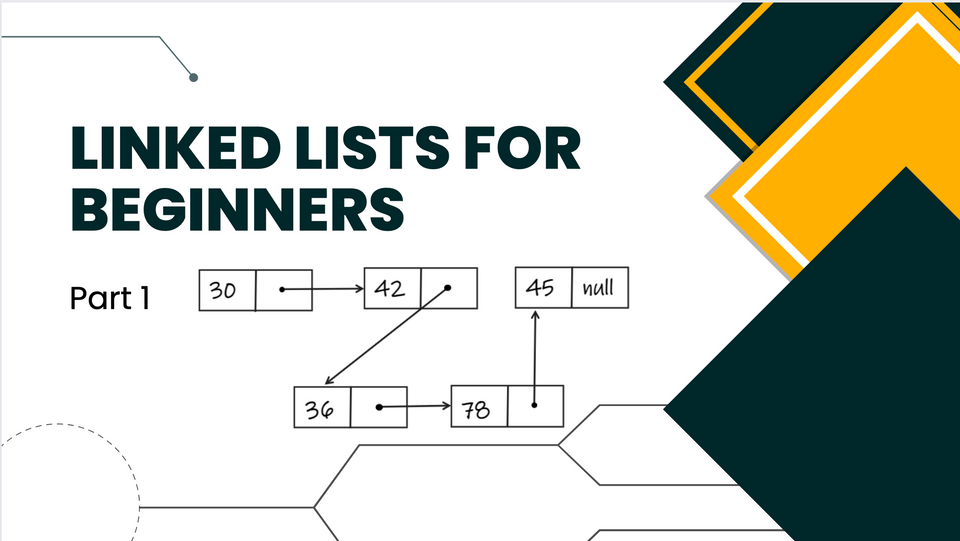21 emoji developers use
Emojis are fun and useful way for developers to add a little personality and expression to our communications, while also improving clarity and context.
ADHD and time management for developers
The best practices, tools, and techniques to help any developer struggling with ADHD and managing their time better
Get your git game up with git worktrees
Git worktrees helps with working on multiple things at once in git. It is a better alternative to "git stash". Learn how to use worktrees in your daily git workflow.
Code your developer portfolio using HTML and CSS
Learn how you can create your own developer portfolio using pure HTML and CSS to grab that job. We cover everything from extreme basics and make the website. A person even with little knowledge of Web Development will find this blog useful.
How to make your own Chrome Extension?
This blog explains how to make your own chrome extension using simple HTML, CSS and JavaScript. Knowing these three is better but not compulsory.







